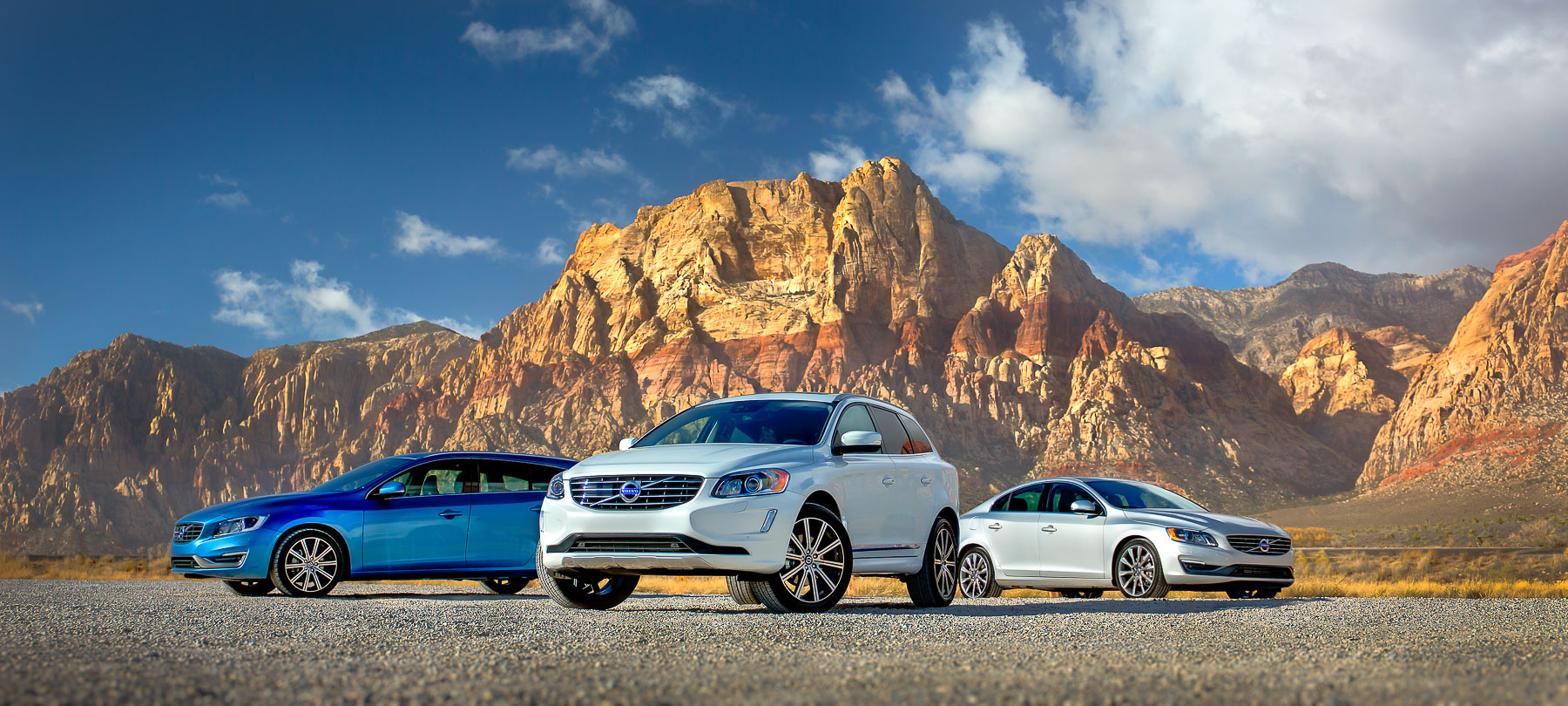There’s a unique magic to a European road trip. It’s the freedom to chase the sunset from the lavender fields of Provence to the dramatic cliffs of the Amalfi Coast, or to follow a whim from a German castle to a Swiss alpine pass. Unlike rigid flight schedules, a car unlocks the hidden villages, scenic byways, and spontaneous picnics that lie between iconic cities.
However, the dream of a seamless, multi-country drive can hit a speed bump if you haven’t navigated the essential rules of cross-border car rentals. A little preparation is the key to turning a potential logistical headache into the journey of a lifetime.
1. The Golden Rule: Explicit Cross-Border Permission
This is the most critical step. Just because a rental car can drive across a border doesn’t mean your rental company allows it.
- Ask Directly, Get it in Writing: When booking, don’t just rely on website filters. Contact the rental desk directly and ask: “Am I explicitly permitted to take this vehicle to [list all countries you plan to visit]?” If they say yes, request this permission in writing—on the rental agreement or via a confirmation email. Verbal assurances are not enough.
- “Green Card” and Documentation: For travel between EU countries, this is usually straightforward. However, when venturing into non-EU countries like the UK, Switzerland, Serbia, Bosnia, or Montenegro, the rules tighten. The rental company may need to provide a “Green Card” (proof of international insurance) and specific documentation for the border. There is often a fee for this service, and sometimes it’s outright prohibited.
- One-Way Rentals: Dropping off a car in a different country can incur massive “drop fees” (often €100-€500+). Always confirm the total cost of a one-way rental before booking. Sometimes, it’s more economical to structure your trip as a loop.
2. The Nitty-Gritty: Insurance and Additional Drivers
Don’t get caught out by fine print.
- Insurance is Non-Negotiable: Basic third-party liability is usually included, but it’s wise to have a Collision Damage Waiver (CDW) and Theft Protection. Consider zero-excess or super-CDW options to reduce your out-of-pocket cost in case of an incident. Check if your credit card or personal travel insurance offers any rental coverage, but ensure it is valid for all the countries you’re visiting.
- Additional Drivers: If you’re sharing the drive, every additional driver must be registered with the rental company at the time of pickup, usually for a daily fee. An unregistered driver behind the wheel will void all insurance.
3. Know the Rules of the Road (They Vary!)
Europe is a mosaic of nations, each with its own driving laws. Ignorance isn’t an excuse and can lead to hefty fines.
- Vignettes and Tolls: Many countries (Switzerland, Austria, Slovenia, Czech Republic) require a vignette—a sticker or e-vignette placed on your windshield that acts as a toll pass for motorways. You must buy these before entering the motorway, typically at a border gas station. France, Italy, Spain, and Portugal use electronic or booth-based toll systems. Research which countries use which system to avoid fines.
- Low Emission Zones (LEZ/Umweltzone): Dozens of cities across Europe, particularly in Germany, France, and Italy, have restricted Low Emission Zones. Your rental car will need a specific emissions sticker (like Germany’s Umweltplakette) to enter these areas legally. Many rental companies provide these, but you must confirm. Fines for non-compliance are steep and are often sent to the rental company, who will then bill you, plus an admin fee.
- Essential Kit: By law, you must carry certain equipment in your car. This commonly includes:
- A warning triangle
- A reflective safety vest for each passenger (stored inside the cabin, not the trunk)
- A first-aid kit
In France, you are also required to carry a single-use breathalyser. While your rental car should have this kit, it’s your responsibility to ensure it’s present.
4. The Vehicle: Size, Fuel, and Manual vs. Automatic
- Think Small: European streets, especially in historic town centers, are narrow. A compact car is not only cheaper to rent and fuel but will also save you immense stress when navigating tight alleys or searching for parking.
- Manual is the Default: Automatic transmission cars are less common and significantly more expensive to rent. If you need an automatic, book it far in advance.
- Fuel Type: Note whether the car takes petrol (gasoline) or diesel. Misfuelling is a costly and stressful mistake. The fuel cap will usually be clearly labeled.
5. Practicalities for a Smooth Journey
- Your Driver’s License: For most tourists, a valid driver’s license from your home country is sufficient for short stays in the EU. However, some countries (like Italy) technically require an International Driving Permit (IDP) alongside your native license. It’s a cheap, easy-to-get document that can prevent potential issues with police—highly recommended for peace of mind.
- Payment and Security Deposit: The main driver will need a credit card in their name for the security deposit (hold), which can be several hundred euros. Debit cards are rarely accepted for this.
- Navigation: While Google Maps or Waze are excellent, mobile data can be expensive and unreliable in remote areas. Download offline maps for your entire route as a backup. A dedicated GPS unit from the rental company is another option.
The Final Check Before You Drive Off
Before leaving the rental lot, do a thorough inspection. Photograph or video every scratch, dent, and interior imperfection. Ensure you have the rental company’s 24/7 emergency contact number for cross-border assistance stored in your phone.
A cross-border road trip through Europe is an unparalleled adventure, a symphony of changing landscapes, cultures, and cuisines experienced from the driver’s seat. By doing your homework on these essential details, you can trade uncertainty for pure, unadulterated freedom. All that will be left to do is hit the road, roll down the windows, and let the continent unfold before you.

